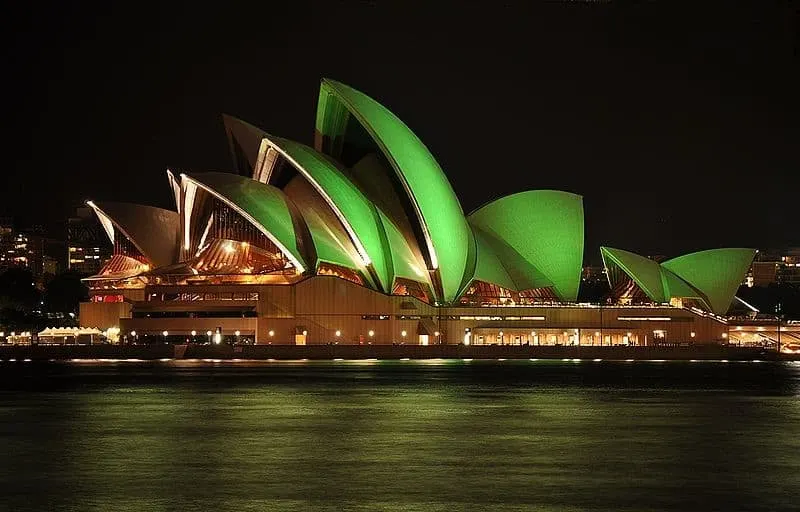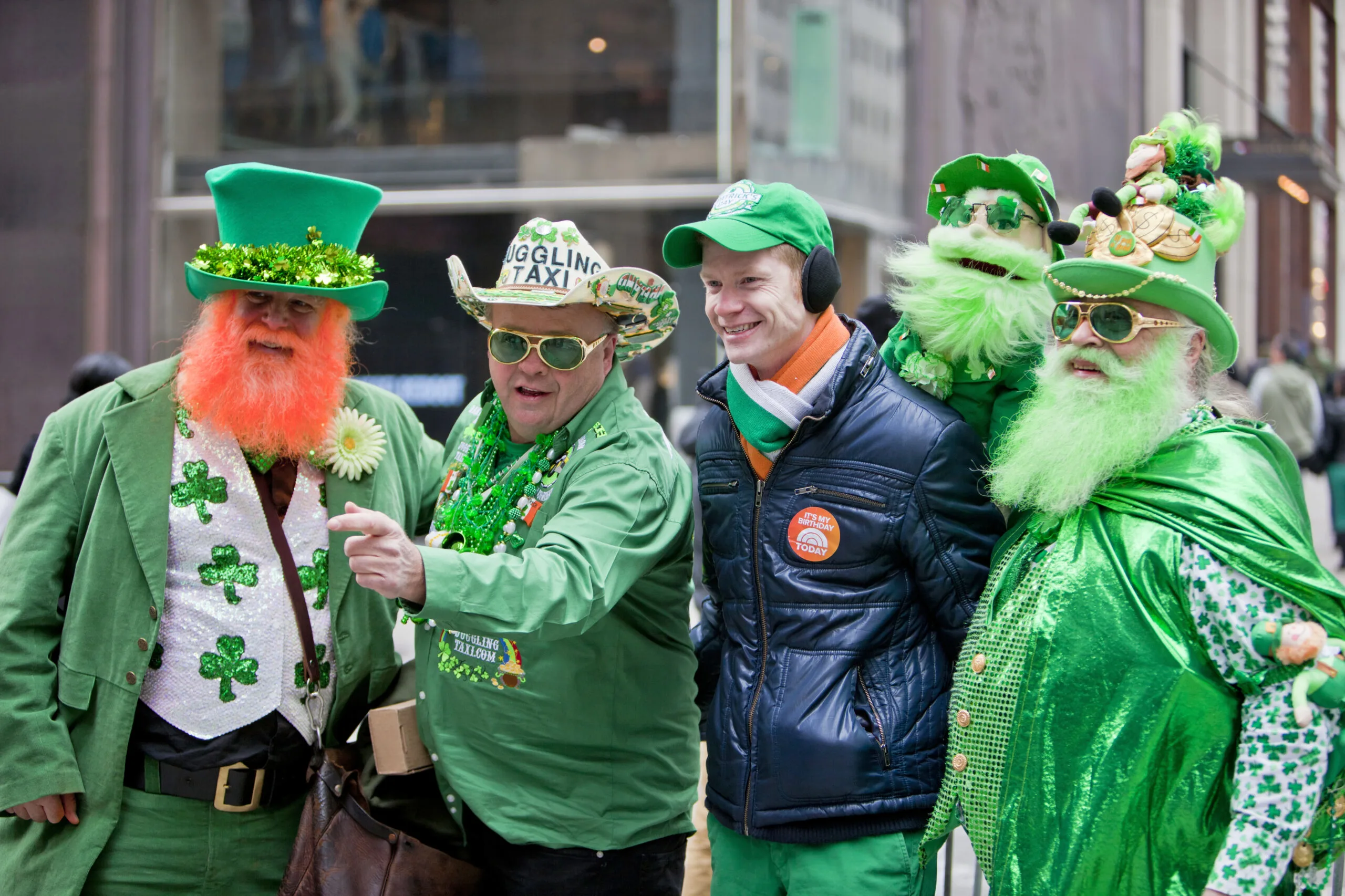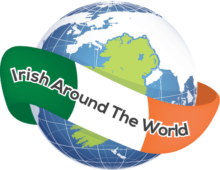Welcome to St. Patrick’s Day, the one day of the year where everyone claims a slice of Irish heritage and the whole world seems a shade greener. But there’s more to this day than just green beer and parades. I’ve lined up the top 10 St. Patrick’s Day facts that are so surprising that you might drop your pint in astonishment (and we know that’s saying something).
Ready to see St. Patrick’s Day in a new light? Let’s dive in, and who knows? You might impress your friends with more than your ability to wear green.

Remember, it’s Paddy, not Patty. Always.
Celebrating Saint Patrick’s Day? Wonderful.
Calling it Paddy’s Day? Perfectly fine.
St. Pat’s? Acceptable if necessary.
St. Patty? Absolutely not – don’t even think about it!
- The First St. Patrick’s Day Parade: While often associated with Irish soldiers marching in New York City in 1762, the first recorded parade honouring St. Patrick actually took place much earlier. On March 17, 1601, more than a century before those marches, the first recorded St. Patrick’s Day parade was held in a Spanish colony in what is now St. Augustine, Florida. This parade was organized by the colony’s Irish vicar, Ricardo Artur. Subsequent notable parades include those held by Irish soldiers serving in the English military, which took place in Boston in 1737 and in New York City in 1762, helping to lay the groundwork for the annual celebrations we see today across the globe.
- 🍀 St. Patrick’s Historical Background: St. Patrick, the patron saint of Ireland, was not Irish by birth. Born in Britain around the end of the 4th century, he was captured by Irish raiders and spent several years in Ireland as a slave. After escaping and returning to his family, he felt called to return to Ireland as a missionary. His work in the 5th century played a crucial role in converting the Irish to Christianity.
- 🌿 The Symbolism of the Shamrock: St. Patrick is said to have used the shamrock, a three-leaved plant, to explain the Holy Trinity to the pagan Irish people. Whether apocryphal or not, this story has cemented the shamrock as a lasting symbol of Irish heritage and Christian faith, widely recognized and used in St. Patrick’s Day celebrations.
- 🔵 The Original Color of St. Patrick’s Day Was Blue: The early depictions of St. Patrick’s Day celebrations associated the saint with the colour blue. It wasn’t until the Irish independence movement in the 18th century that green became prominently associated with St. Patrick’s Day, symbolizing Irish nationalism and the lush landscapes of Ireland.
- 📅 St. Patrick’s Day Becomes an Official Public Holiday: In 1903, St. Patrick’s Day was declared an official public holiday in Ireland by the Bank Holiday (Ireland) Act 1903. The act was introduced by Irish Member of Parliament James O’Mara, who also later proposed that pubs should be closed on March 17th, a law that remained in place until the 1970s.
- 🇮🇪 The First St. Patrick’s Day Parade in Ireland: Although St. Patrick’s Day parades had been held in other parts of the world, the first parade in Ireland is believed to have taken place in Waterford in 1903, the same year the holiday became an official public holiday. Dublin’s first St. Patrick’s Day parade followed much later, in 1931.
- 🌍 Global Celebrations and Landmarks Going Green:

Sydney opera house going green for St Patrick’s day
The “Global Greening” initiative, which began in 2010, sees iconic landmarks and sites around the world lit up in green to celebrate St. Patrick’s Day. This tradition, started by Tourism Ireland, includes famous sites like the Sydney Opera House, the Empire State Building, and the Great Wall of China.
- 💚 The Chicago River Dyeing:
 One of the most unique St. Patrick’s Day traditions is the annual dyeing of the Chicago River green, which started in 1962. The dye used is environmentally safe, and the vibrant green colour only lasts for about five hours, making it a fleeting yet memorable spectacle.
One of the most unique St. Patrick’s Day traditions is the annual dyeing of the Chicago River green, which started in 1962. The dye used is environmentally safe, and the vibrant green colour only lasts for about five hours, making it a fleeting yet memorable spectacle. - 🚫 St. Patrick’s Day During Prohibition: From 1920 until 1933, the United States underwent Prohibition, which made the sale and consumption of alcoholic beverages illegal. Despite this, St. Patrick’s Day was still celebrated, though likely with less public drinking. Once Prohibition was repealed, the holiday once again became associated with enjoying Irish beer and whiskey.
- 🍺 Guinness on St. Patrick’s Day: St. Patrick’s Day is one of the busiest days of the year for pubs across the world, especially those serving Guinness, Ireland’s most famous beer. It’s estimated that over 13 million pints of Guinness are consumed on St. Patrick’s Day, significantly higher than the average daily consumption.
And there you have it — ten St. Patrick’s Day facts that probably surprised you more than finding out your “Irish” accent might not be as authentic as you thought.

If you enjoyed this, be sure to subscribe to my weekly dose of Irish, where I send all things Irish straight to your inbox. It’s free and takes 2 secs.
From hidden histories to celebrations that span the globe, it’s clear that St. Patrick’s Day is more than just an excuse to wear green and enjoy a pint. But hey, those are pretty good reasons, too. I know I will be enjoying a pint or three!
Remember that every St. Patrick’s Day is an opportunity to learn something new, make memories, and maybe—just maybe—perfect your accent.
So, here’s to the day when everyone gets to be a little Irish—may your hearts be light, your laughter loud, and your St. Patrick’s Day facts always be mind-blowing. Sláinte!
